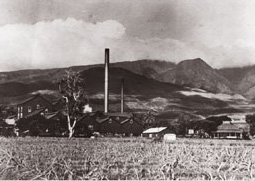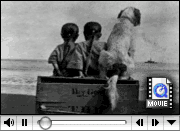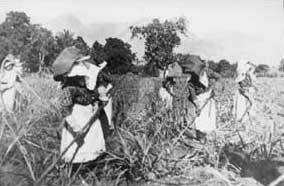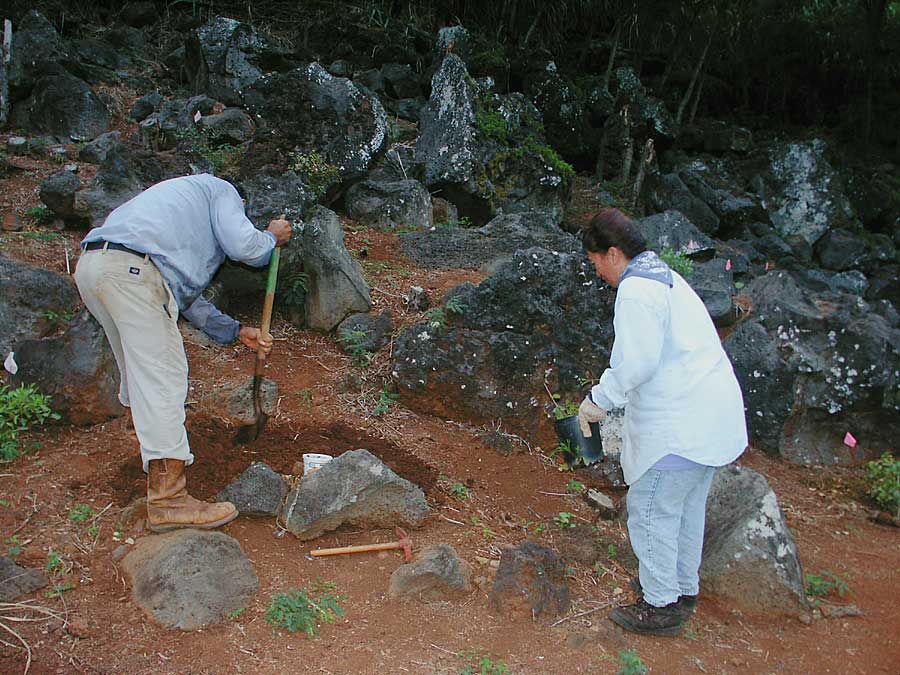Learning from our past
Malama ‘aina — to care for and to nurture the land — is one of the most powerful phrases in the Hawaiian language, evoking the feeling of stewardship of our island’s environment and cultural treasures.
It also reminds those who live on Maui of another aspect of care for their island home: the aloha spirit of cooperation and togetherness that unites on one small island many different cultures and traditions.

For more than a century, life in West Maui was dominated by the Pioneer Mill sugar plantation, to the extent that the “bango” number the plantation gave to its employees to use at the company store was just as good as dollars in the plantation town. It was Pioneer Mill that took care of West Maui’s housing, water, and power. Pioneer’s sister companies pursued a whole other lucrative industry as it opened West Maui to tourism with the construction of the Ka‘anapali Beach Resort. In those heady mid-20th-century years of resort development that produced new jobs, there were few — if any — questions raised about the company’s development decisions.

Two master-planned communities are helping to instill old Maui values. Hear our stories.
But during the 1990s, the future of agriculture dimmed in Maui, largely because of cheaper offshore labor, administration, and shipping costs that hindered the ability of Maui products to compete in global agricultural markets. Pioneer Mill continued with experiments in diversified agriculture, finally settling on the cultivation of coffee groves and producing a much-esteemed brand, Ka‘anapali Estates Coffee. Ultimately, the company was unable to market the product to an extent that justified the costs, and coupled with an unfavorable sugar market, Pioneer Mill would close its doors in 1999.

Meanwhile, the Kaanapali Land Management Corp. (KLM)attempted to develop an entitled parcel of 14 acres of land at North Beach, but, facing community resistance, sold the land to another developer. The financial woes of the agricultural business decreased the value of the land significantly, forcing KLM to rethink its approach to land development. It had experienced, along with the community, the suffering caused by the cessation of agriculture in West Maui. It had seen bitterness grow as longtime residents, suddenly deprived of their livelihood, came to believe that they now had no say in the future of their community and might no longer be able to afford to live on the land that had been home to them for so many years.
It was clear to KLM that the old land management approach of maximizing profits was no longer either responsible or effective. Alienating members of such a tightly knit community was no way to achieve a harmonious and efficient development process.

For its new Ka‘anapali 2020 master-planned community project, KLM sponsored a Future Search Conference to ensure the project reflected the vision of the West Maui community. The theme of the conference was “Making It Pono” (better, more righteous) and to that end, KLM reached out to the public and shared information, including sophisticated land use feasibility studies, with any and all interested community members. The vision of Ka‘anapali 2020, originally embracing more than 4,000 acres of Honokowai property, was developed through the conference and with written and oral statements from various community participants in a long series of public meetings.
For many years, KLM reached out to all sectors of the community, from private sector executives to public employees, and from archaeologists to businessmen to small farmers. It learned what the public wanted in these new master-planned communities: a heavy component of affordable housing, respect for the region’s history and culture, balance between real estate development and traffic management, and preservation of Maui’s agricultural heritage through the encouragement of small farms. KLM considered all of these criteria compatible with its own vision of attractive, ethical, and financially viable town development.
The ongoing Ka‘anapali 2020 Plan envisioned distinct communities that provided options for residents of varying lifestyles and incomes, encouraging both malama ‘aina (to care for the land) and smart, productive growth, and including a mix of residential, recreational, open-space, and public/quasi-public and commercial uses.

KLM brought in outside experts to assess the development potential of the Ka‘anapali 2020 property. Community representatives, along with public governing and regulatory bodies, vetted the experts’ reports on every aspect of the project, from engineering to economic impact to water quality to cultural resources.
Among the public facilities planned for the Ka‘anapali 2020 lands is West Maui’s first acute-care medical facility. Front-end costs will include funding of a new access road to mitigate traffic congestion — a major issue in developing any Maui property — and a multifaceted transportation system, involving bikepaths, greenways, and dedicated space for trolleys.
Plans for Kaanapali Land Management’s other projects will also move forward.
The Waine‘e project will be on 200 acres mauka (on the mountain side) of Lahaina, which is ideally suited to foster smart growth and inhibit urban sprawl. The homes will be located close to residents’ jobs in Lahaina town. Community volunteers collaborated to include in the plan affordable housing throughout the community, mixed-use zoning that will enable residents to live near the places where they work, seniors’ housing and community services, and at least 40 percent of the community set aside for open space.

Pu‘ukoli‘i Village Mauka, located mauka of the proposed Lahaina Bypass, is planned on 240 acres. Comprised of a mix of affordable and market priced homes, parks, open space, and community facilities, it will be a place reminiscent of Lahaina’s plantation era, where people know their neighbors.
More than 500 acres of Ka‘anapali coffee groves have been revived in an arrangement that fosters both upscale real estate development and maintains the footprint of commercially viable agriculture in West Maui. The late KLM vice president Jim Wriston, believing that the Pioneer Mill sugar cane fields should not be allowed to remain fallow, had the notion that “numerous private owners of smaller farms could help support and, if necessary, subsidize farming operations... that would help keep the West Maui mountains green and growing.”
Resulting from this vision was Kaanapali Coffee Farms, a private agricultural community that weaves contemporary island living into the rich farming culture of West Maui. On 336 acres upslope from Ka‘anapali Beach Resort, four- to seven-acre, fee simple farm lots now are available in a limited offering. Owners can build homes with some of the most attractive views on Maui under the condition that existing agricultural activities will be allowed to continue. Kaanapali Farm Services manages the coffee groves, and the homeowners association will reap a share of the profits without any obligation to share in the hands-on labor, yet their land will remain in genuine working farms.

It seems most fitting that the man spearheading this effort today is former Pioneer Mill superintendent James “Kimo” Falconer.
Falconer had had to preside over the closing of the mill and the discharging of employees who also were his friends. It was Falconer, a lifelong farmer, who led the effort to start up a coffee crop for Pioneer Mill, and who, refusing to give up on the coffee groves, leased the acreage from KLM, revived the groves with the help of Kaanapali Land Management’s agricultural crew, and developed his own brand of unroasted “green bean,” MauiGrown Coffee.
Currently looking forward to a harvest of almost 350,000 pounds of green coffee, Falconer is poised to do very well in local and world markets, due to the reputation of the “Maui Mokka” bean and an established customer base. In this way, development and irreplaceable Maui agriculture are expected to complement each other synergistically for years to come.
An important lesson for any land development company in any pristine, isolated environment such as Maui’s is to respect and reflect the people’s concerns, including the need for new community housing. When this kind of respect and interaction occur, a company can grow more knowledgeable both politically and financially, and by doing so, can strengthen its identity.
Moving forward, Kaanapali Land Management Corp’s projects - Ka‘anapali 2020, Pu‘ukoli‘i Village Mauka and Ka‘anapali Coffee Farms - are poised to contribute to solutions for the growing West Maui area by offering projects that combine smart growth, conscientious urban planning, and respect for the values of the land and of the Maui ‘ohana (family) for generations to come.


